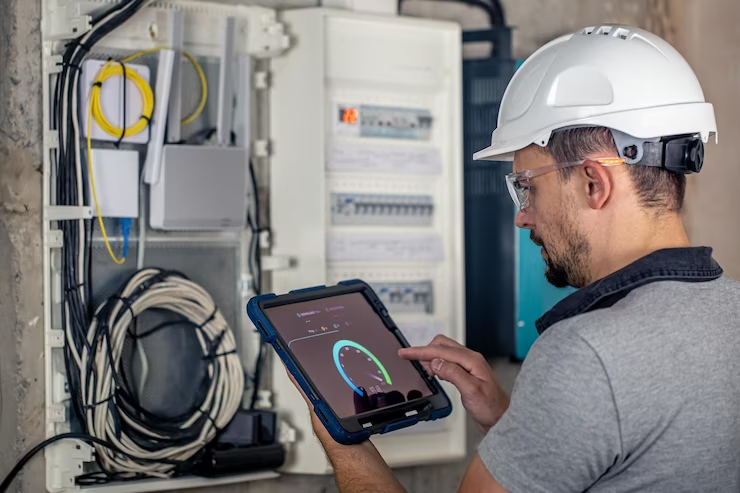Lighting is a major contributor to energy consumption in commercial buildings, accounting for a significant portion of the total energy bill. However, with the right lighting control system in place, it’s possible to significantly reduce energy usage and costs. In this article, we will discuss the benefits of lighting control systems and how they can help you maximize energy savings in your commercial building.
Automated Lighting Controls
- Automated lighting controls are a key component of energy-efficient lighting systems. These systems use occupancy sensors to detect when people are present in a room, and turn lights on and off automatically as needed. This helps to reduce energy waste by ensuring that lights are only on when they are needed.
Daylight Harvesting
- Daylight harvesting is another energy-saving technique that can be used in commercial buildings. This involves using sensors to detect the level of natural light in a room, and adjusting the artificial lighting accordingly. By using natural light when it’s available, you can reduce the amount of energy used to power artificial lights.
Zoning Systems
- Zoning systems are another important component of energy-efficient lighting systems. These systems allow you to control multiple lights in different areas of your building separately. This means that you can turn off lights in unoccupied areas, reducing energy waste.
LED Lighting
- LED lighting is a highly energy-efficient alternative to traditional incandescent and fluorescent bulbs. These bulbs use up to 75% less energy than traditional bulbs, and can last up to 25 times longer. By switching to LED lighting, you can significantly reduce your energy usage and costs.
Integrated Building Management Systems
- Integrated building management systems are another way to maximize energy savings in commercial buildings. These systems allow you to control lighting, heating, cooling, and other building systems from a single interface. This makes it easier to optimize energy usage and reduce waste.
In conclusion, lighting control systems are an essential tool for maximizing energy savings in commercial buildings. By using automated lighting controls, daylight harvesting, zoning systems, LED lighting, and integrated building management systems, you can significantly reduce energy usage and costs. By implementing these strategies, you can create a more sustainable and cost-effective building that benefits both the environment and your bottom line.


